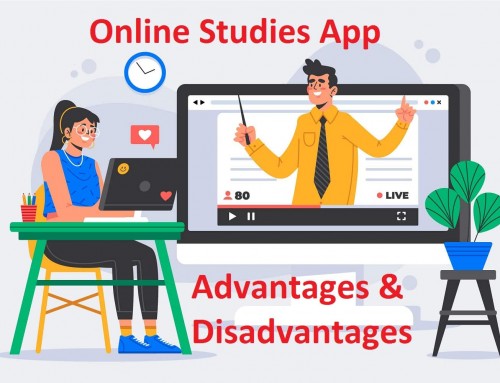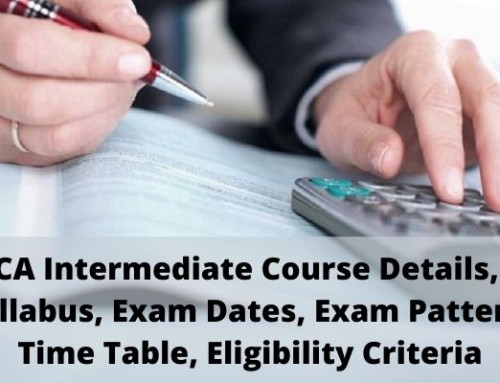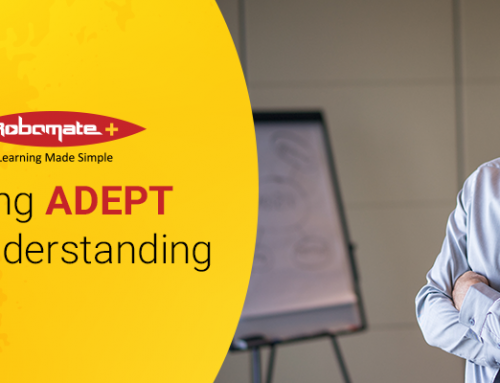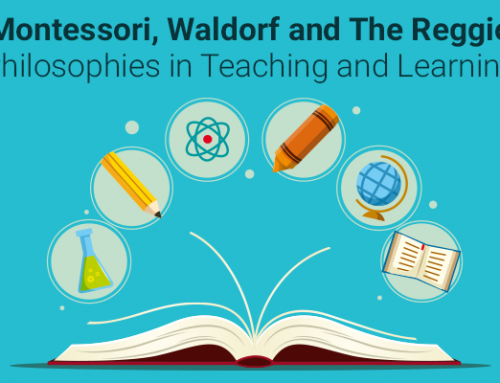“Richard Phillips Feynman” was a theoretical physicist from America who was and is known for his important and everlasting work in quantum mechanics, quantum electrodynamics and the super-fluidity of super-cooled liquid helium. His model of proton is also a contribution to particle physics. He is also known for the famous Feynman Technique that helps in remembering what you study.
About the life of Richard Phillips Feynman:
Early Life of Richard Feynman
Richard Feynman was born on 11 May 1918 in Queens New York, to Melville Feynman and Lucille Phillips. His father was a Jew and he had moved to Unites States before the birth of Richard Feynman. On the other hand Richard’s mother was a polish emigrant and married to Melville in 1917, and after a year they both were gifted by God with a baby namely Richard Phillips Feynman. After a few years his parents were again gifted with another boy but soon the happiness turned into grief as the infant died at the age of five weeks only. Thankfully the family soon overcame the turmoil and Richard started his school where he enjoyed the subject of Math and it was foreseen that he would do good in this subject.
Schooling and Professional Life in Brief
After finishing his school he applied for many universities, but got rejected due to his being a Jew. But after a struggle he got admitted in MIT in 1935 and completed his B.Sc. in 1939. During the years of MIT, Richard had developed interest in physics, although there was no option for quantum mechanics which the Richard was very keen to explore. Richard studied Dirac and he became the first scientist whom the Richard admired the most. With the help of John Slater, Richard was accepted by Princeton for his Ph.D. and Richard completed his Ph.D. before the Second World War. And soon after this he started his work on the Atom Bomb in Princeton. But while Richard was enjoying his professional life and studies, his personal life was a bit hectic for him as his girlfriend Arlene Greenbaum, was suffering from tuberculosis. Despite the opposing of his family Richard married Arlene and shortly after their marriage Richard was appointed as head of theoretical division of Los Alamos site. In 1945 he was also appointed as theoretical professor at Cornell University. After the death of his first wife he remarried two times in his lifetime. He himself died on 15 February 1998 in Los Angeles, California at the age of 69. His resting place is at Mountain View Cemetery and Mausoleum, Altadena, California.
Qualification and works of Richard Phillips Feynman:
Richard Feynman completed his B.Sc. from MIT in 1939 and soon felt that he must go for Ph.D. He completed his Ph.D. from Princeton before America entered the Second World War and after the completion of his Ph.D. he started working on the Atom Bomb. Although physics was not primary for Richard in MIT but his keen interest and enthusiasm for physics and math mainly quantum mechanics led him to devote his life to it. His main field is ‘Theoretical Physics’ and he did excellently well in it. His thesis are “The Principle of Least Action in Quantum Mechanics”.
Richard Feynman is known for his work in:
Manhattan Project, Acoustic Wave Equation, Bethe-Feynman Formula, Feynman Checkerboard, Feynman Diagrams, Feynman Gauge, Feynman-Kac Formula, Feynman Point, Feynman Slash Notation, V-A Theory, Vortex Ring Model, The Feynman Lectures on Physics, and much more.
Feynman Technique:
Feynman Technique also known as Feynman’s Notebook Technique is a mental model that was introduced by the great physicist Richard Phillips Feynman. He is also termed as the “Great Explainer” because of his ability to make anyone understand any complex topic virtually and in simple terms, that is what made him different from others. He once opened a new notebook and wrote on it The Notebook of Things I Don’t Know About’, and started disassembling all the branches of his knowledge and assembled them back in simple terms to make it easy to understand.
All the four steps of Feynman Technique are mentioned below:
1:- Note down all the information that you have about a topic on a notebook, and add something to it every time you come to know about it.
2:- Make sure that what you have written is easy and simple enough for you to explain it in simple terms.
3:- Perfect the topic that means you should have complete knowledge about your topic and make sure that you don’t have any gaps in your knowledge.
4:- Last but not the least, repeat the topic and its content so that you are able to simplify it and connect its facts to one another, this will also help you to understand it well and strengthen your knowledge.
Richard Phillips Feynman’s Awards and Achievements:
No one is unaware of the contribution of Richard Phillips Feynman to the world of physics and especially to the field of Theoretical Physics and he was greatly admired for it and also led him to winning many prestigious awards that include:
Albert Einstein Award in 1954.
- O. Lawrence Award in 1962.
Foreign Member of the Royal Society in 1965.
Oersted Medal in 1972.
National Medal of Science in 1979.
He was also awarded “Nobel Prize in Physics” in the year 1965.
Besides all his awards he also earned a name for himself “The Great Explainer”.
Books by Richard Phillips Feynman:
Surely You Are Joking Mr Feynman: Adventures of a Curious Character.
What Do You Care, what Other People Think?
The Feynman Lectures on Computation.
The Character of Physical Law.
The Pleasure of Finding Things Out.
Feynman’s Lost Lectures.
His famous quotes include:
What I cannot create, I do not understand.
In any decision for action, when you have to make up your mind what to do, there is always a ‘should’ involved, and this cannot be worked out from, ‘if I do this, what will happen?’ alone.
Physics is like sex: sure, it may give some practical results, but that’s not why we do it.











